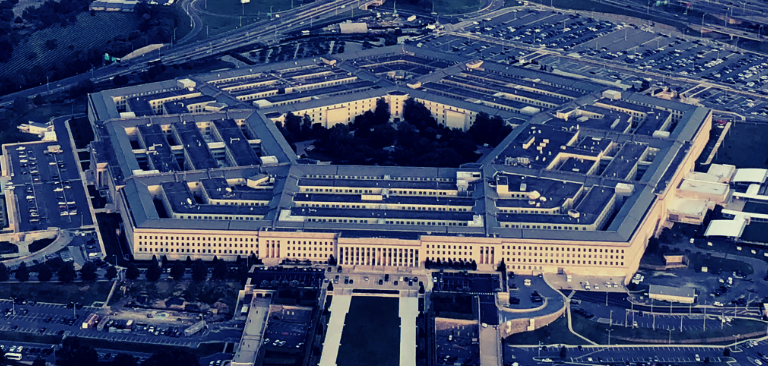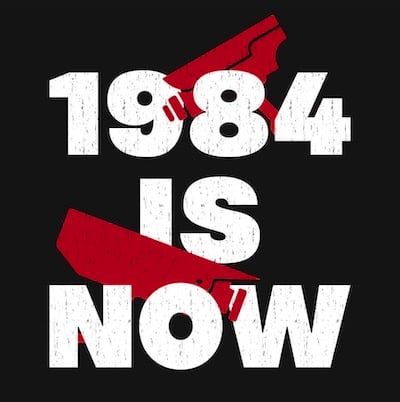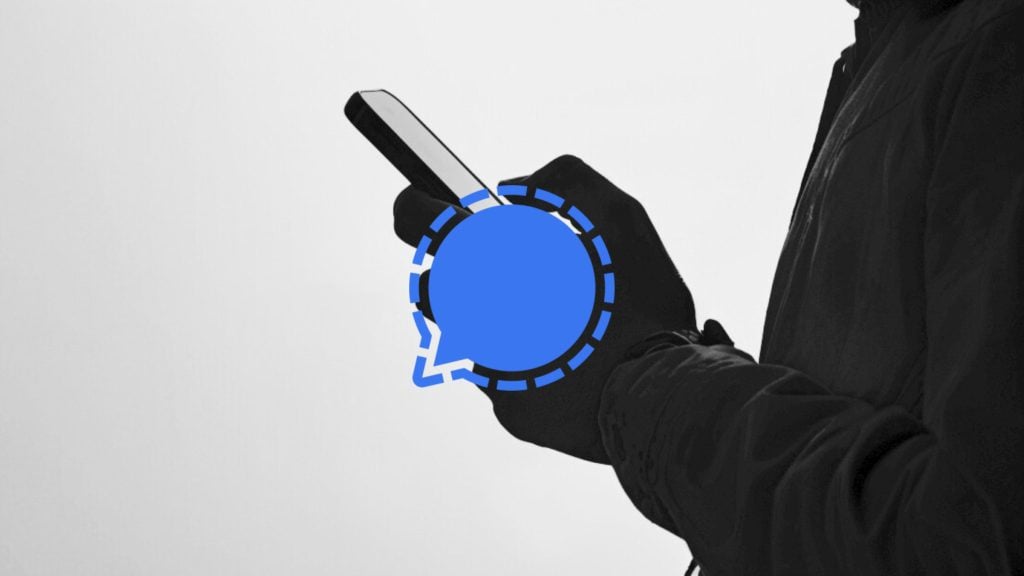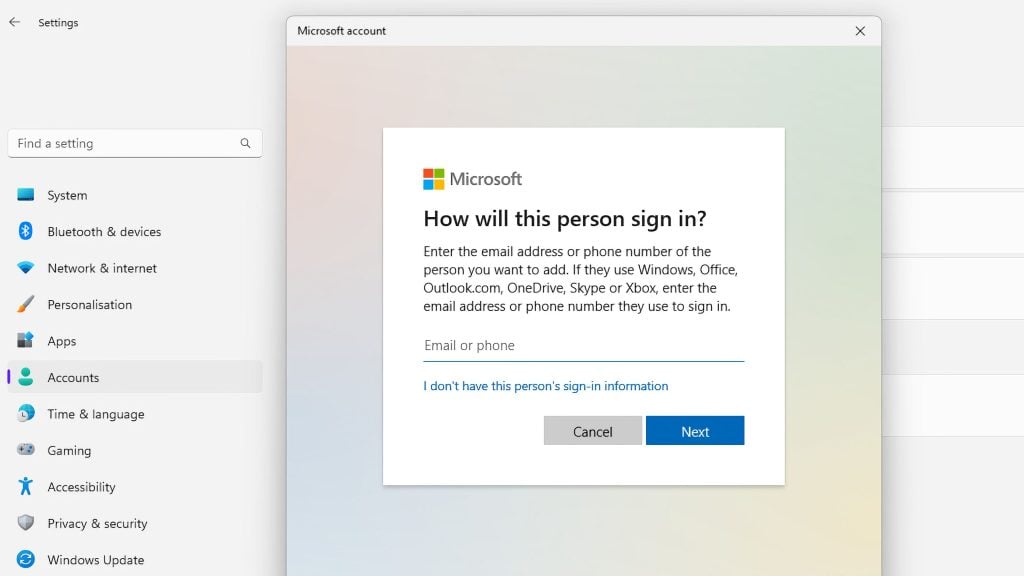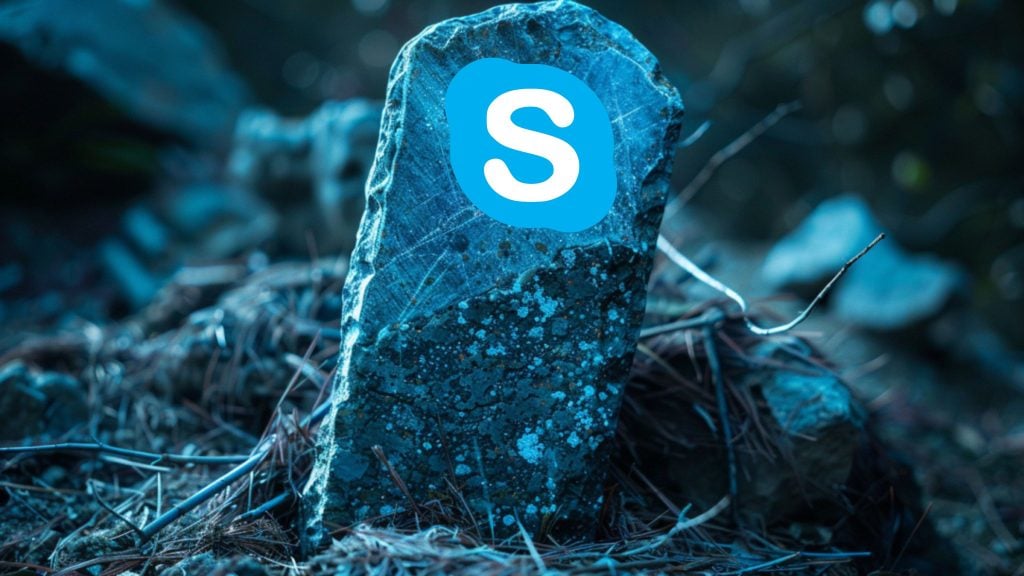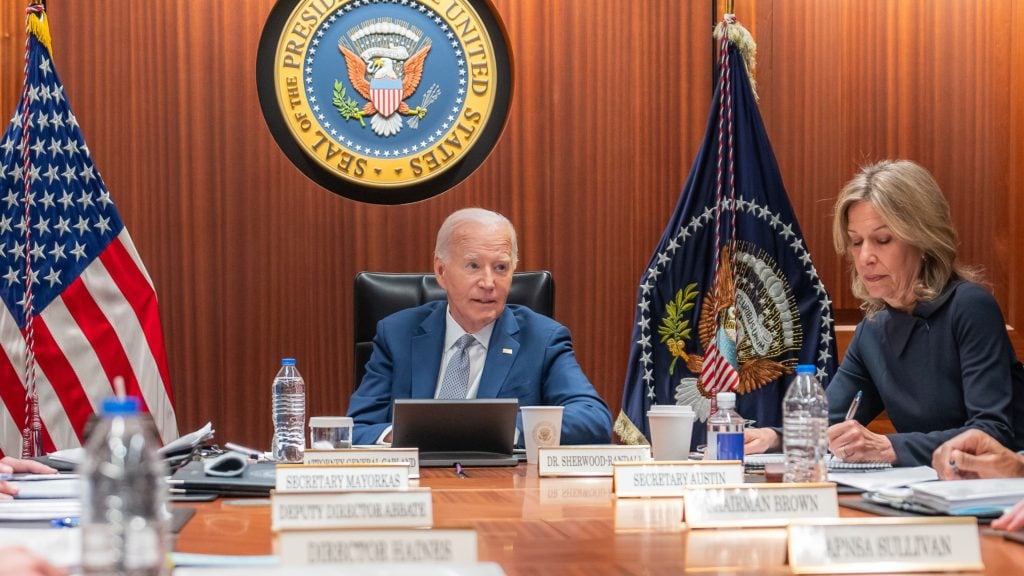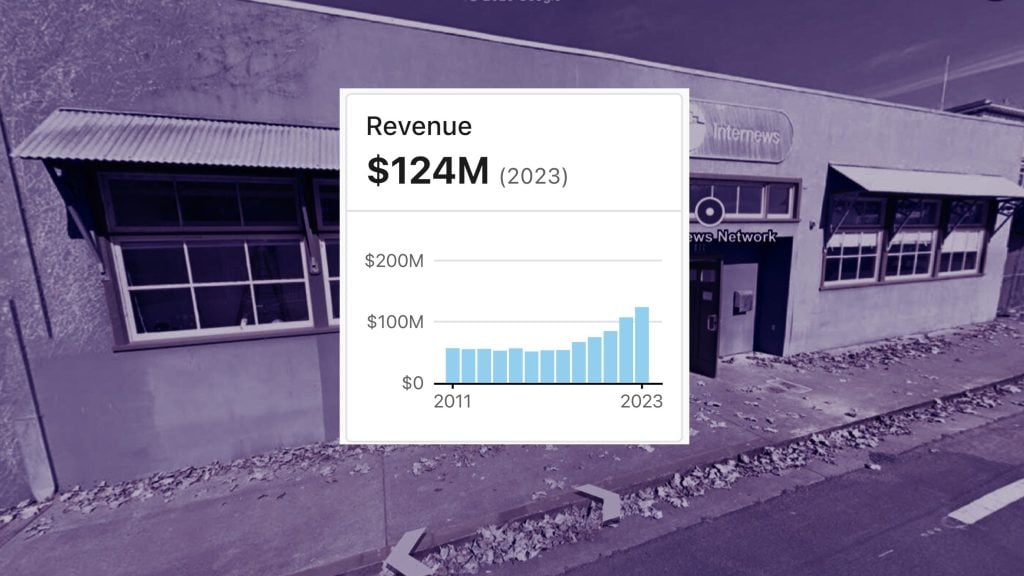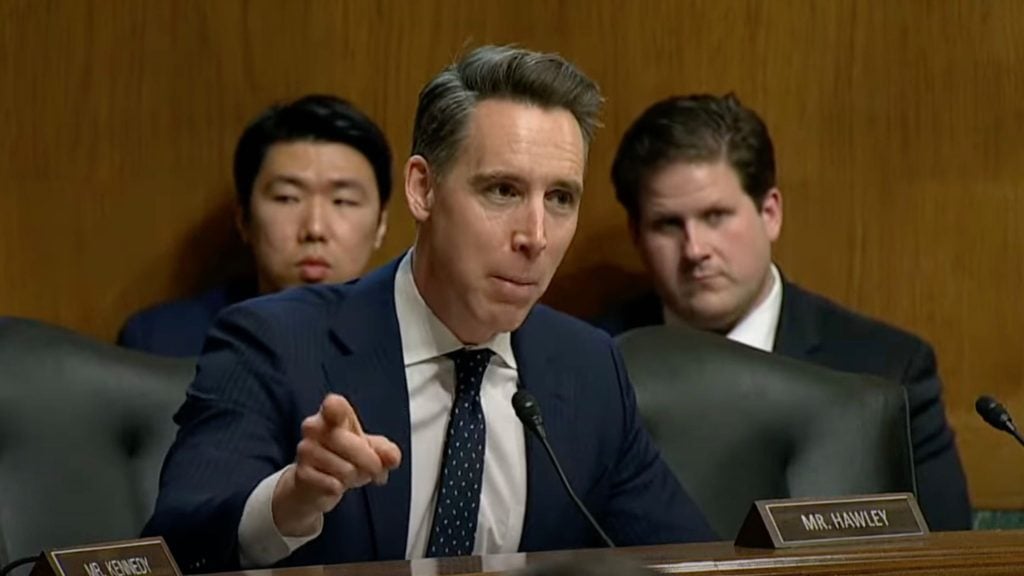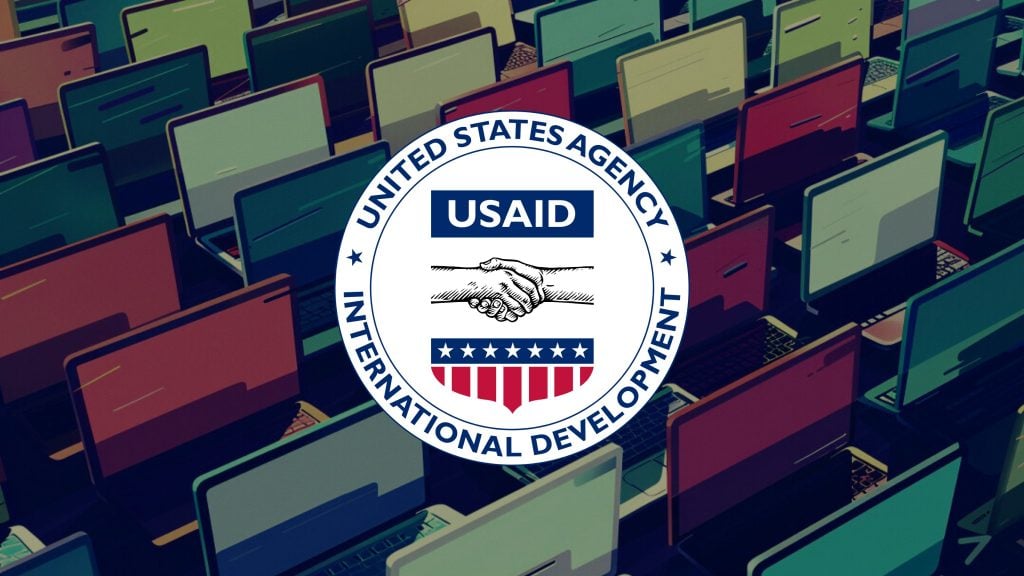Back in January, when some military veterans were found participating in the Capitol storming, Defense Secretary Lloyd Austin had ordered a “stand-down” across the force for discussing “extremism” in the US military.
Now, the Pentagon released a memo which outlines actions to be taken to counter this extremism in the military and also announces the establishment of the “Countering Extremism Working Group (CEWG)” that will monitor the social media activity of service members.
It is worth noting that the US Department of Defense hasn’t formally defined what “extremism” is.
CEWG primarily has four lines of efforts (LOE), one of which requires thorough vetting of social media handles of troops and recruits.
We obtained a copy of the memo for you here.
Here’s what an excerpt from the memo read:
“This LOE will examine the Department’s pursuit of scalable and cost-effective capabilities to screen publically available information in accessions and continuous vetting for national security positions. The LOE will make recommendations on further development of such capabilities and incorporating algorithms and additional processing into social media screening platforms. This LOE will also endeavor to develop policy to expand user activity monitoring of both classified and unclassified systems.”
The Pentagon Press Secretary and Assistant to the Secretary of Defense for Public Affairs, John Kirby said that going through Facebook profiles wouldn’t be violating any First Amendment Rights and that Austin wants to do the whole process of screening potential candidates’ profiles in a “legal, lawful way.”
“But so there is some of that, and I think the secretary wants to get a better sense of its utility and the consistency across the services. Again, doing this in a legal, lawful way, but there is more that we could or should be thinking about in terms of looking at that activity before we bring somebody in as an indicator of their behavior and their conduct.”
Another line of effort (LOE), states that training must address “issues raised by commanders and supervisors on ‘gray areas’ such as reading, following, and liking extremist material and content in social media forums and platforms.” It is, however, worth noting that the gray areas mentioned in the LOE aren’t really identified or clearly defined yet.
Kirby also said that troops were now obviously wanting “better guidance about what extremist activity really is.”

